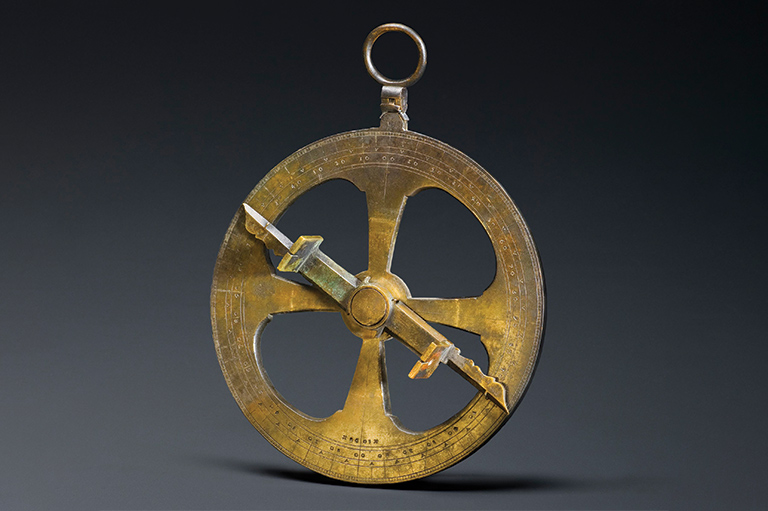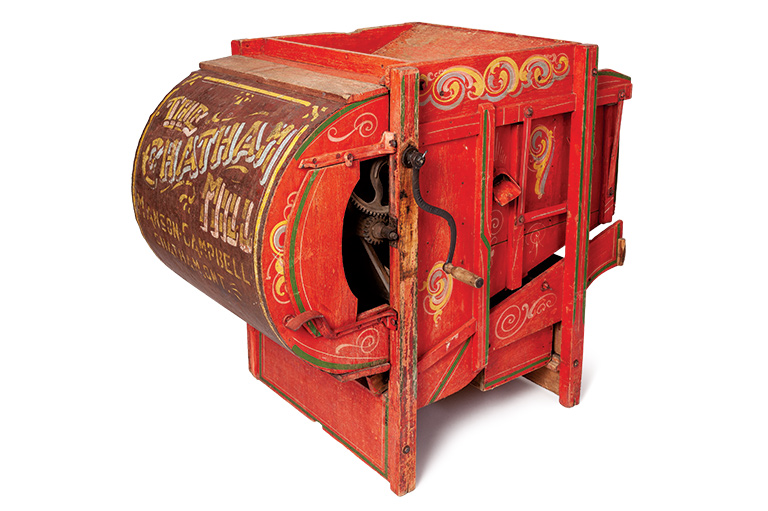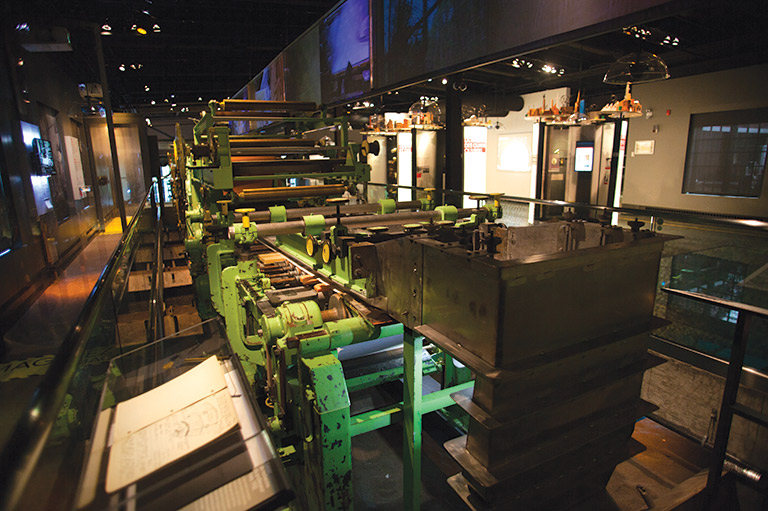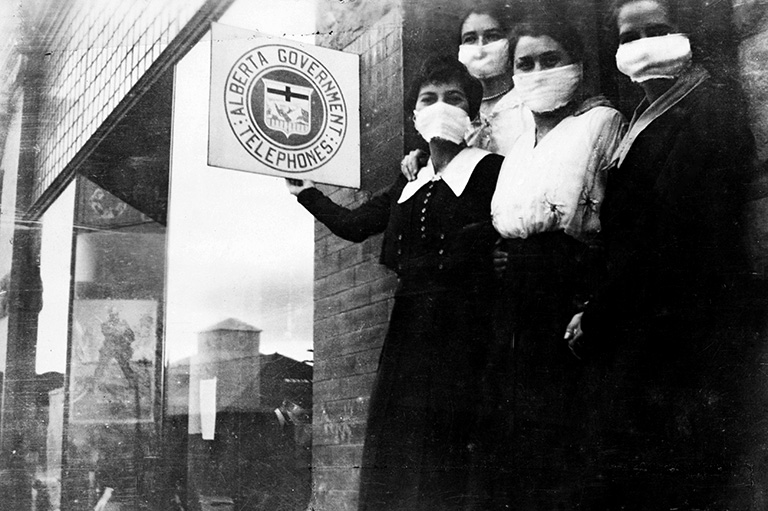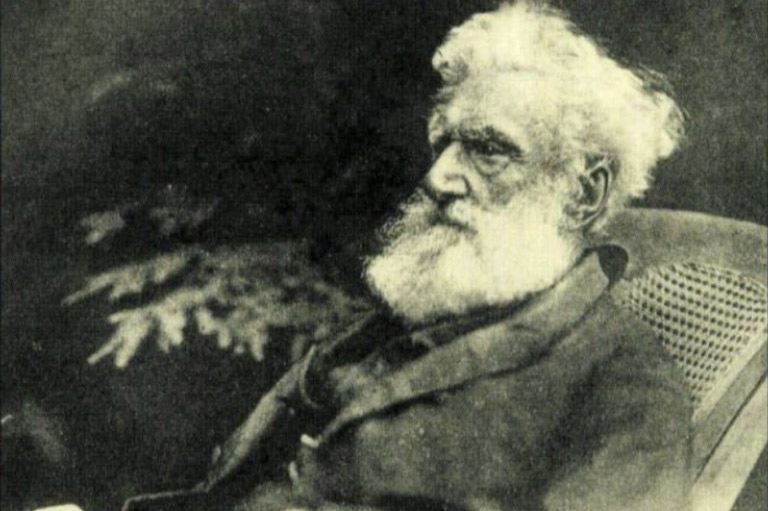Arrowheads
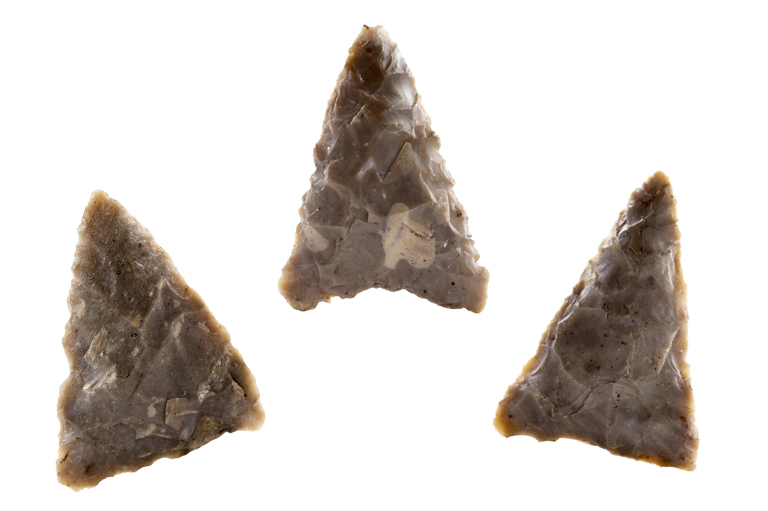
These triangular projectile points made of cut stone were probably used for hunting and occasionally for warfare. Composed of pink quartzite, they are typical of the end of the paleohistoric period and of the period of European first contact, according to archaeologists. They were probably used until the first decades of the seventeenth century by Indigenous people who occupied the North American continent for several millennia before the arrival of Europeans.
On the present-day island of Montreal, French explorer Jacques Cartier met the Iroquoians of the St. Lawrence in 1535 in a village called Hochelaga. When the later French explorer Samuel de Champlain arrived in the area in the early seventeenth century, the village had disappeared but the island continued to be frequented by other Indigenous groups. Archaeological and ethnohistorical evidence indicates that, at the beginning of the seventeenth century, both Europeans and Indigenous people frequented a point of land on the island that Champlain named Place Royale. This favorable place, visible from the river, was ideal for the fur trade.
Several recent finds, including the discovery of these arrowheads in 2015, shed light on the encounters between Indigenous and European people on the island. Even after the founding of Ville-Marie (later Montreal) in 1642, Indigenous people continued to visit the island, as the fort built there by the French had become a diplomatic and commercial centre. The Anishinaabeg, for example, settled there for short stays, while the Huron-Wendat took refuge there at various points in time.
With 7 uniquely curated newsletters to choose from, we have something for everyone.
Themes associated with this article
Advertisement


